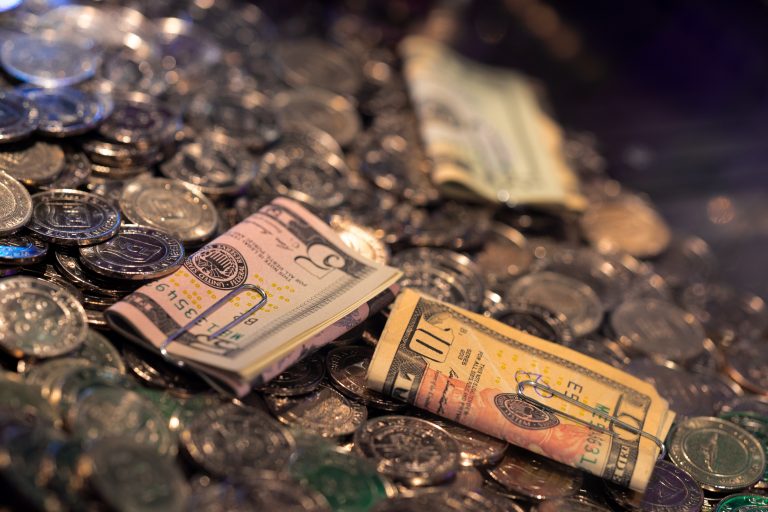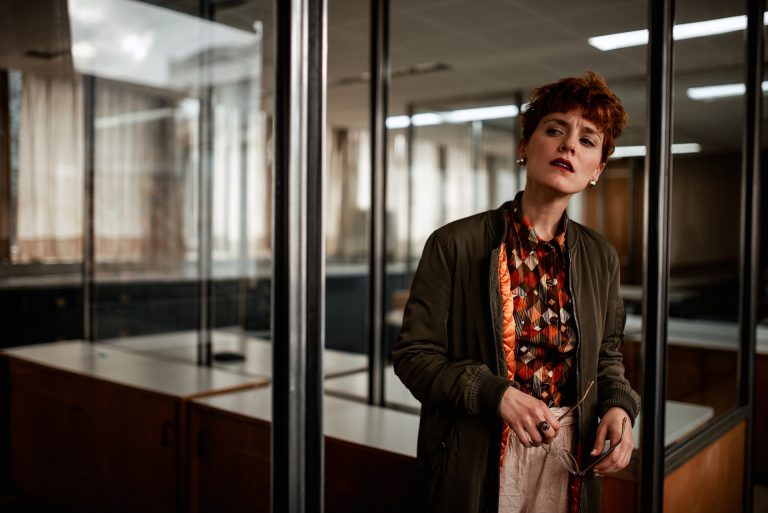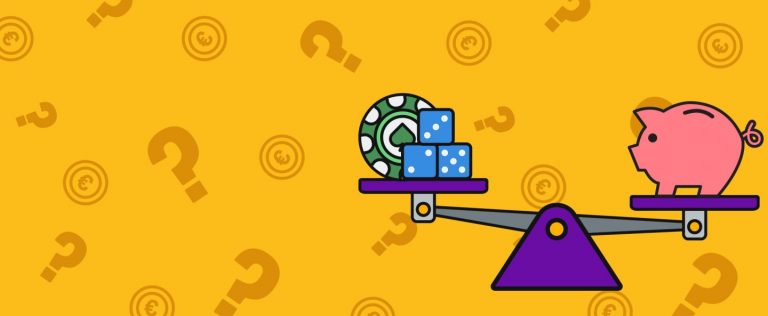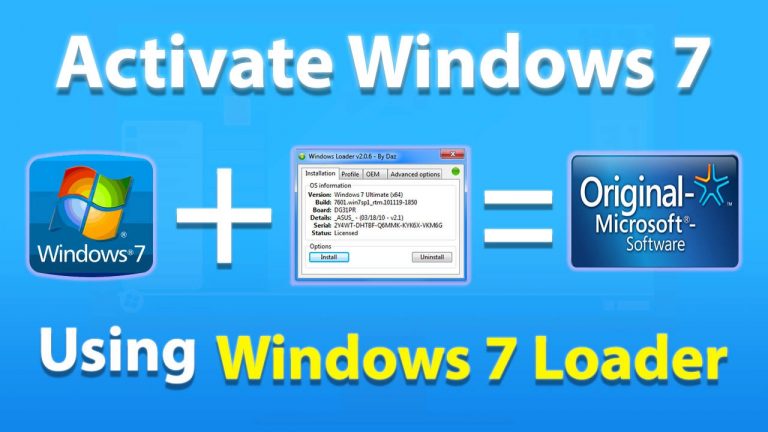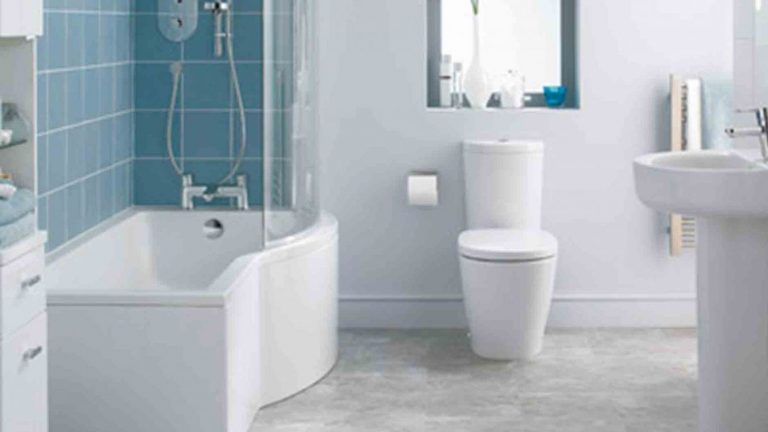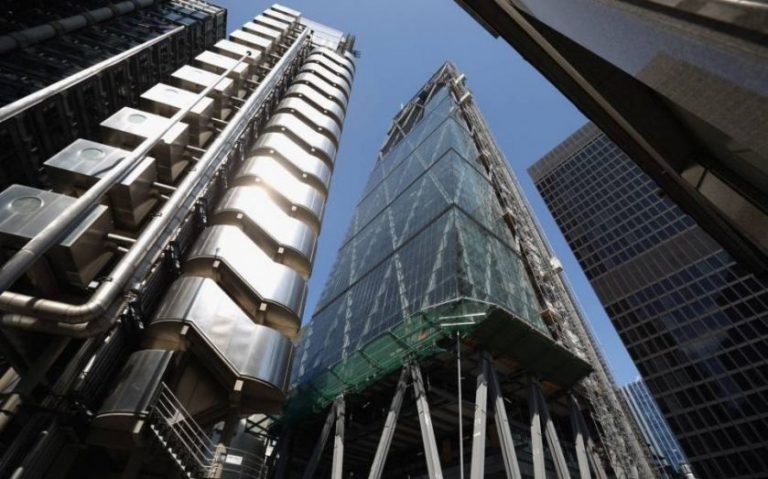How do you stop a dog from being aggressive when playing?
Avoid physical contact with your dog or cat during playtime to discourage dominant behavior. Treats can be a great motivator to stop playful aggression, much like with any other form of training. If your dog starts getting rough, practice a command to get her to calm down. If she obeys, give her a treat.
Does playing with dogs make them aggressive?
There’s even some science behind it. A 2003 study published in the Journal of Applied Animal Welfare Science examined 50 people and their dogs playing tug of war and other roughhousing-type games. Tug of war won’t make your dog aggressive, but it might intensify unwanted behaviors or patterns that are already present.
When is a dog playing, is it aggression?
Dogs also self-handicap when they are playing, using only a fraction of their actual strength, speed or biting power. When all dogs involved in play are showing these signals, it’s likely the interaction is play-based. Is It Play — Or Aggression? A failure to communicate can lead to a breakdown in play.
Why does my dog growl when I play with him?
But their idea of playing can often lead to aggression, such as growling, nibbling and even full on biting. Everyone wants to be able to play with their dog, but a dog that displays aggressive behavior when playing could potentially be a risk not just to you, but children, strangers and other dogs too.
What does it mean when a dog is playing?
When dogs play, it often takes the form of play fighting, play biting and wrestling. Although it can be fun and harmless, sometimes this can intensify into unsafe and serious scraps if you do not observe your dog closely.
Which is an example of a dog being aggressive?
The play bow is an example of this type of communication. Research by Marc Bekoff found that a dog is more likely to do a play bow — where the dog raises his rear end and drops his front end slightly — just before or after a play move that another dog might interpret as aggressive.
Dogs also self-handicap when they are playing, using only a fraction of their actual strength, speed or biting power. When all dogs involved in play are showing these signals, it’s likely the interaction is play-based. Is It Play — Or Aggression? A failure to communicate can lead to a breakdown in play.
How can I Stop my Dog from playing aggressive?
If his play is too aggressive for you, use a loud verbal cue such as “ouch!” or “no!” to interrupt his behavior and establish appropriate limits. For best results, withhold attention for at least one minute before resuming play and repeat as needed if his aggressive behavior continues.
When dogs play, it often takes the form of play fighting, play biting and wrestling. Although it can be fun and harmless, sometimes this can intensify into unsafe and serious scraps if you do not observe your dog closely.
But their idea of playing can often lead to aggression, such as growling, nibbling and even full on biting. Everyone wants to be able to play with their dog, but a dog that displays aggressive behavior when playing could potentially be a risk not just to you, but children, strangers and other dogs too.

